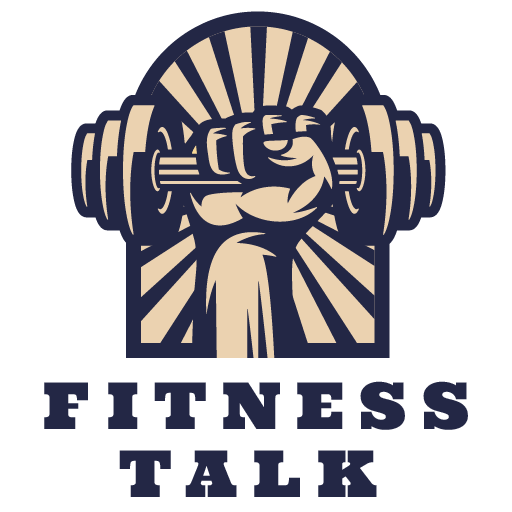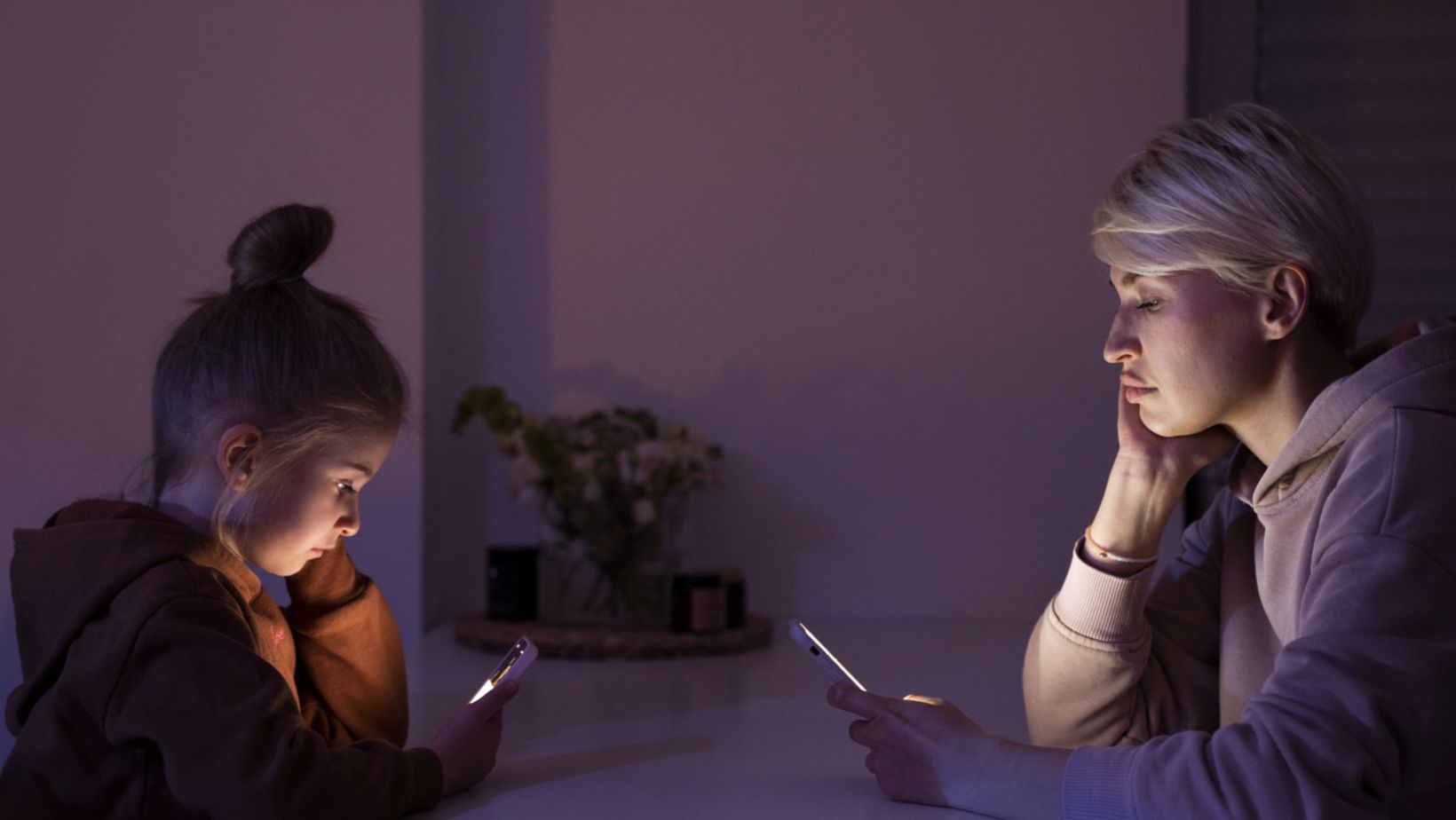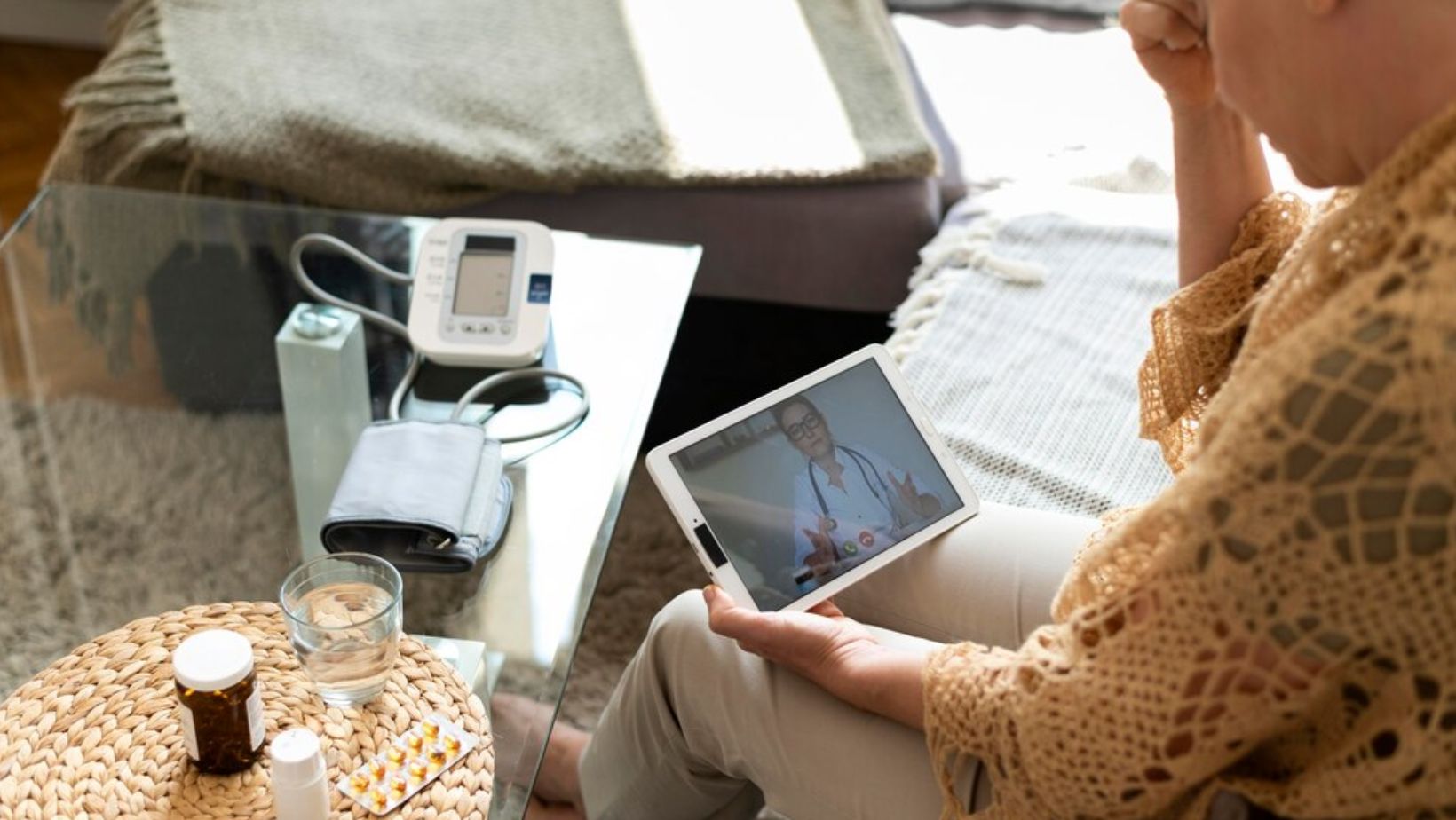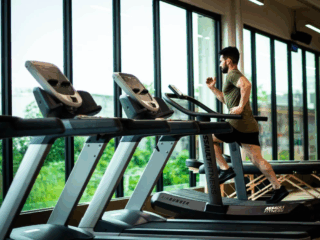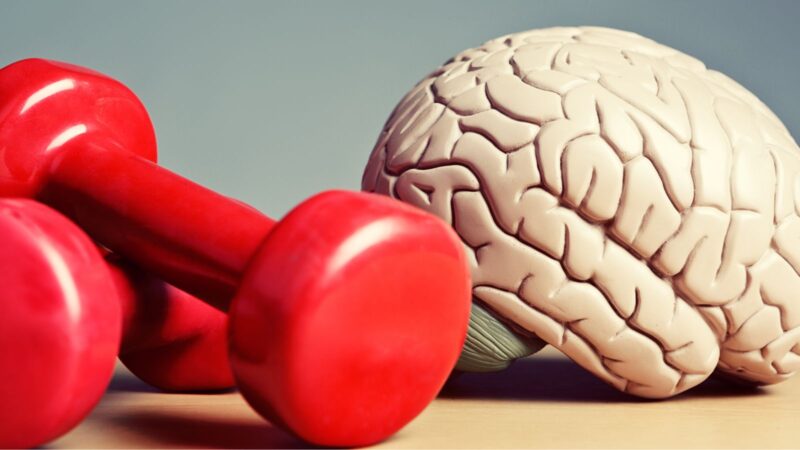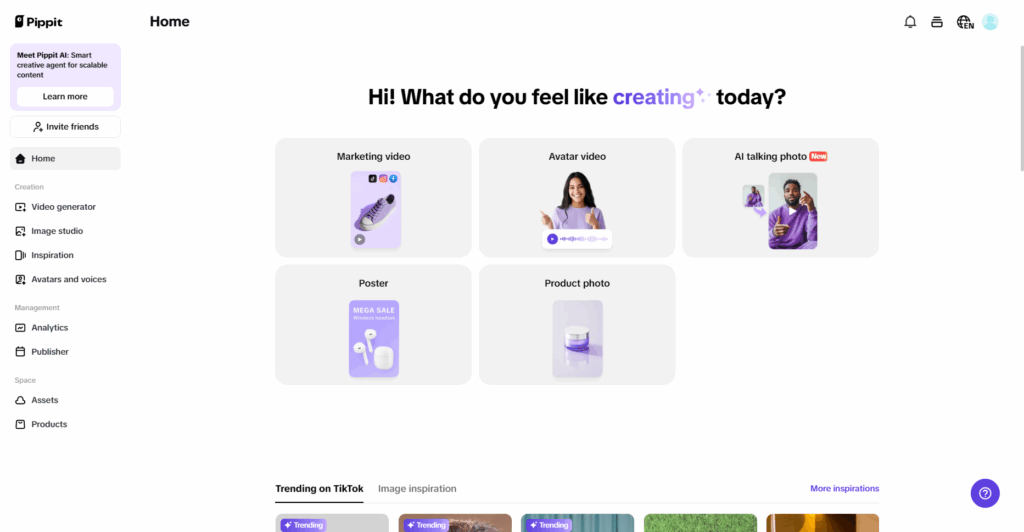
The way mental health is discussed and understood is changing, and video content is at the forefront of this shift. Unlike text-based content, videos create a deep emotional connection by combining visuals, sound, and storytelling. They help destigmatize mental health conversations, making them more accessible and relatable to a wider audience.
However, producing high-quality mental health videos often requires time, technical expertise, and resources—barriers that many advocates and therapists struggle to overcome. This is where AI-powered tools step in, making video creation seamless and accessible to everyone. With a free AI video generator, anyone can create professional-grade videos without needing editing experience.
Let’s explore how AI is transforming mental health video creation and making impactful content easier to produce.
Mental Health in the Digital Age: Why Video Matters
In today’s fast-paced digital world, video content has become one of the most powerful ways to communicate. Whether it is a personal story, an educational guide, or a therapy session, a video helps break down complex mental health topics into engaging and easy-to-understand formats.
One of the biggest challenges in mental health advocacy is the stigma that prevents open conversations. Videos play a key role in changing this by making discussions more approachable and relatable. Watching someone share their mental health journey or listening to a therapist explain coping strategies can make viewers feel understood and supported.
There are many ways video can support mental well-being, from guided meditation clips to therapy explainer videos. With AI-driven tools, creating these videos has never been easier, allowing more advocates and professionals to contribute to the conversation.
AI is Changing the Game: Making Mental Health Videos More Accessible
Not everyone has the time or expertise to create professional-looking videos, but AI is leveling the playing field. Advanced AI-powered tools are simplifying video production, making it possible for anyone to craft high-quality mental health content without expensive equipment or a large team.
Traditional video creation often requires scripting, filming, editing, and post-production work, which can take hours or even days. AI automates many of these tasks, significantly reducing production time while maintaining top-tier quality. With features like AI-driven editing, automated scene transitions, and smart cropping, even first-time creators can produce visually compelling videos.
By removing technical and financial barriers, AI is empowering more people—therapists, educators, and mental health advocates to share valuable content with the world.
AI Features That Make Mental Health Videos More Engaging
AI is not just making video creation easier; it is also enhancing the viewing experience. Thoughtfully crafted mental health content relies on a combination of compelling storytelling, soothing visuals, and clear, empathetic communication. AI tools help bring these elements together seamlessly.
AI-Powered Scriptwriting
Writing a script for a mental health video requires a careful balance between information and emotion. AI-powered scriptwriting tools assist in structuring messages with clarity and warmth, ensuring that complex psychological topics are easy to grasp.
These tools analyze patterns in successful content and suggest emotionally engaging scripts tailored to different mental health topics, whether it is stress management, mindfulness, or emotional resilience. This allows creators to focus more on delivering impactful content rather than struggling with writer’s block.
Smart AI Editing
Visuals play a crucial role in setting the right tone for mental health videos. AI-powered editing tools help creators refine their content by automatically adjusting color palettes, transitions, and motion effects to create a calming atmosphere.
For instance, smooth scene transitions, soft lighting adjustments, and well-paced video cuts contribute to a more immersive and soothing viewing experience. These enhancements help maintain viewer engagement while ensuring that the content remains visually appealing and emotionally resonant.
AI Voice Generation
A reassuring voice can make all the difference in mental health content. AI-generated voiceovers create natural, calming narrations that enhance the impact of therapy sessions, guided meditations, and explainer videos.
Another major advantage of AI voice technology is its multilingual capability. Mental health challenges are universal, and providing content in multiple languages ensures that support reaches diverse communities. Using an AI voice generator, creators can effortlessly add high-quality narrations in different languages while maintaining a professional tone.
Auto-Captions and Subtitles
Accessibility should be a priority to mental health content. Many individuals, including those with hearing impairments, rely on captions to engage with video content. Additionally, since a significant number of social media users watch videos without sound, subtitles help ensure that key messages are never lost.
AI-generated captions and subtitles provide an effortless way to improve accessibility while enhancing viewer retention and engagement.
Pippit AI’s Free AI Video Generator: Your Mental Health Video Assistant
Creating high-quality videos does not have to be complicated or time-consuming. Pippit AI provides a user-friendly, AI-powered platform that simplifies the entire process, enabling creators to focus on delivering meaningful content rather than dealing with technical complexities.
For those who want to create professional-grade mental health videos without advanced editing skills, Pippit AI offers an intuitive solution. Its free AI video generator provides AI-driven templates, auto-editing features, and smart transitions to help streamline video production. Whether you are creating therapy explainer videos, mental health awareness campaigns, or relaxation guides, this tool offers everything needed to bring your ideas to life effortlessly.
Bringing Your Mental Health Video to Life in Three Simple Steps
Step 1: Upload Your Media
Whether you have raw footage, images, or just a script, start by uploading your content to the platform. AI tools can help structure your video even if you begin with minimal resources.
Step 2: Customize Using AI Tools
Enhance your video with AI-powered features. Automatically generate subtitles for accessibility, add smooth transitions for a professional look, and include AI voiceovers to create engaging, clear, and emotionally resonant narrations.
Step 3: Export and Share Your Video
Once your video is polished, export it in high resolution and share it across platforms like YouTube, Instagram, and TikTok. Optimize your content for maximum reach and engagement with AI-driven suggestions.
Getting Your Mental Health Video in Front of the Right Audience
Creating great content is only half the journey—getting it in front of the right people is just as important. AI-powered tools can help optimize content distribution and improve audience engagement.
Different platforms serve different purposes when it comes to mental health content. YouTube works best for in-depth discussions, Instagram and TikTok are ideal for short and engaging clips, while mental health forums and wellness blogs provide space for detailed educational content.
By tailoring videos for each platform, creators can maximize reach and engagement. Also, AI-powered analytics tools help track performance metrics such as views, engagement rates, and watch times. By analyzing this data, creators can refine their content strategies to better align with audience preferences.
Final Thoughts
AI is revolutionizing the way mental health content is created, making it easier, more accessible, and more engaging. Tools like Pippit AI are giving creators the ability to produce high-quality videos effortlessly. By embracing AI, mental health advocates can focus on what truly matters—spreading awareness, providing support, and making mental health conversations more inclusive and impactful.
